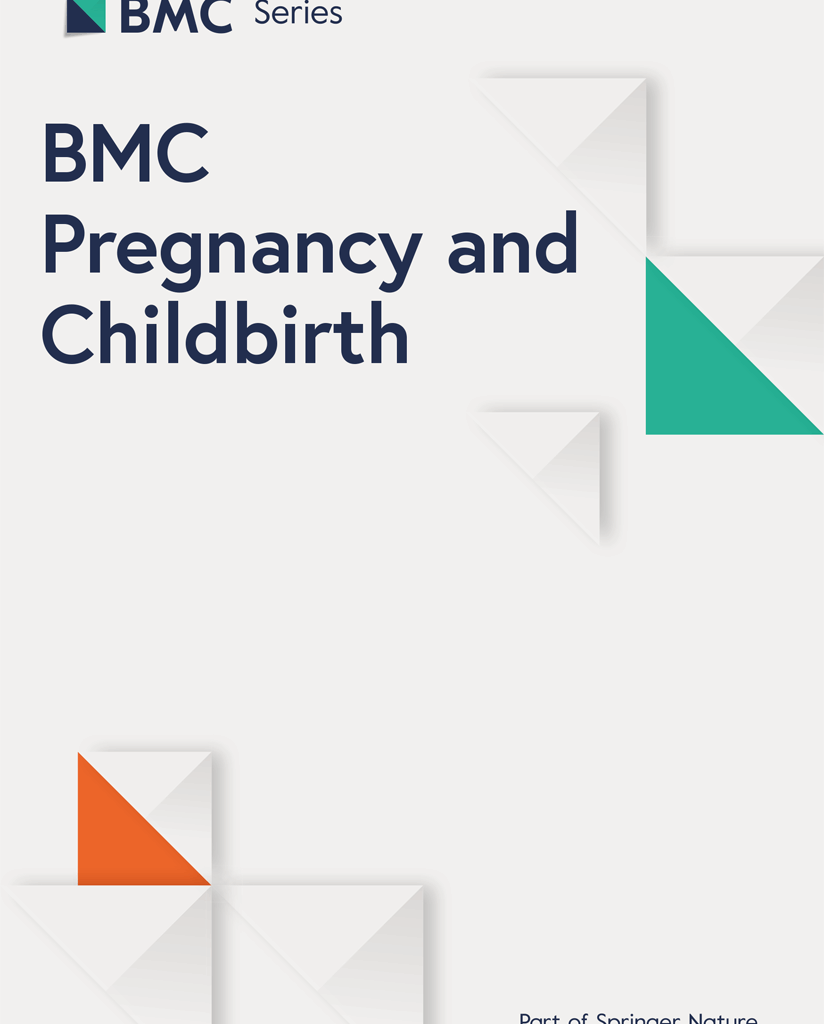Design
This study was a secondary analysis of the Black Mothers’ Mental Wellness Study [12], a web-based survey that used a cross-sectional design to examine the relationships between racism and perinatal mental health among Black women living in LAC. In this analysis, we analyzed data from the web-based survey that captured participants’ mental health history during pregnancy and after childbirth, and receipt of mental health services during the same time points. Survey responses were collected between August 2022 and April 2023. The original study was conducted in accordance with prevailing ethical principles and Institutional Review Board approval was obtained from University of California, Los Angeles. Details regarding the original study are available elsewhere [12].
Sample
The convenience sample of the original study was recruited throughout LAC using digital and printed flyers on social media platforms and locations that serve Black women, including obstetric and pediatric clinics, as well as health and community organizations. Individuals were eligible to participate in the study if they (1) self-identified as Black women (2), were 18 years of age or older (3), lived in LAC (4), were 6 weeks to 12 months postpartum, and (5) had a singleton birth. The Black Mothers’ Mental Wellness Study had a total sample of 231 Black postpartum women. The analytical sample for this study was limited to any participants who self-reported a history of a PMAD, recent diagnosis of a PMAD (either during or after most recent pregnancy), or feeling as if they had a PMAD, regardless of clinician diagnosis. These inclusion criteria resulted in an analytical sample of 110 Black postpartum women.
MeasuresOutcome
Receipt of mental health services
The survey contained four items to assess whether participants had taken prescribed medications or utilized therapeutic mental health services for their PMAD symptoms during pregnancy and/or after childbirth. The initial item asked, “At any time in your life, have you taken medicine prescribed by a healthcare provider (such as a physician, physician assistant, nurse practitioner, or physician assistant) for a mental health condition(s)?” There were then two follow-up questions presented to participants who indicated that they had taken prescribed medication: (1) Please select the mental health condition(s) that the medicine was prescribed for while you were pregnant (2), Please select the mental health condition(s) that the medicine was prescribed for after you gave birth to your baby.” Participants had the following multiple-choice response options: anxiety, bipolar, depression, postpartum depression, and schizophrenia. The survey contained one item to assess participants’ utilization of therapeutic mental health services, “At any time in your life, have you gone to therapy, counseling, or support groups (including 12-step programs) for the mental health condition(s) you listed? Even if a few times.” Response options were: (1) yes; (2) no, because I was not interested; (3) no, because I could not afford therapy/counseling; (4) no, because I could not find a therapist/counselor/support group; (5) no, for some other reason.
Exposures
The primary exposures were factors within the healthcare system, including receipt of PMAD education (no/yes), type of clinician who provided PMAD education (advanced practice clinician, doula, midwife, nurse, physician), type of health insurance (employer-sponsored, Medi-Cal, none, other), receipt of prenatal PMAD screening (no/yes), and receipt of postpartum PMAD screening (no/yes).
Sociodemographics
Participant sociodemographics included the following characteristics: age (continuous), age of infant (continuous), birth type (cesarean, vaginal), healthcare insurance (employer-sponsored, Medi-Cal, other government-sponsored insurance, self-pay), history of mental health condition prior to pregnancy (no/yes), and monthly income (less than $1,000; $1,000–$1,999; $2,000-$2,999; $3,000–$3,999; $4,000 to $4,999; $5,000 or more). Each sociodemographic characteristic was assessed via participant self-report in the Qualtrics® survey.
Data analysis plan
Sociodemographic characteristics including age, income, education, employment status, insurance status, relationship status, number of children, infant age, birth type were analyzed using descriptive statistics for the entire data sample and between groups that received or did not receive mental health services. Bivariate difference were compared between these two groups using t-test for continuous variables and Fisher’s exact test for categorical variables. Contingency tables and chi-square test were used to compare the receipt of perinatal depression screening frequencies and mental healthcare receipt by mental health history. A logistic regression model was estimated to identify factors that influence the receipt of mental health services among Black women living in LAC. The binary dependent variable in the logistic regression model was recoded based on the binary variables of the receipt of mental health prescriptions and the receipt of mental health treatment – an individual was considered to have received mental health services if he/she had received either mental health prescriptions or any form of mental health treatment. Variables in the logistic regression model were selected known and hypothesized association from literature including screening for depression during or after pregnancy, having a doula during pregnancy, education about postpartum depression and anxiety during pregnancy and after childbirth, age, and income. All statistical tests were carried out using R Statistical Software (v4.2.3; R Core Team 2023) with a two-tailed statistical significance set at p
